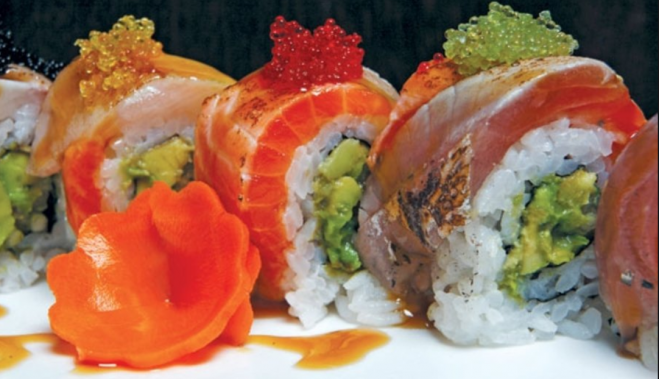
Q-R code from Presto
Chefs are cooking delicious feast but restaurants are empty as punters are staying away. What will make us feel safer in restaurants? The answer may good old QR code. QR is a short from Quick Response Code, a type of matrix barcode invented Masahiro Hara in 1994 for Japanese car makers but quickly picked up by other retailers. It is a genius device, a simple barcode, that machines can read in a split second and interpret all the intel on the product marked with it. It is now coming to save restaurants as a Covid mitigation tool.
By scanning the QR code from the Menu at their restaurant table, hungry diners can view a full menu, add dishes to their order, and view the bill using their phone. We loved Michael Nadra (Primrose Hill, London) idea to create a cute cocktails menu using QR code. No need to handle the paper menu, staff is safer and the cocktails were simply out of this world. Go Michael!
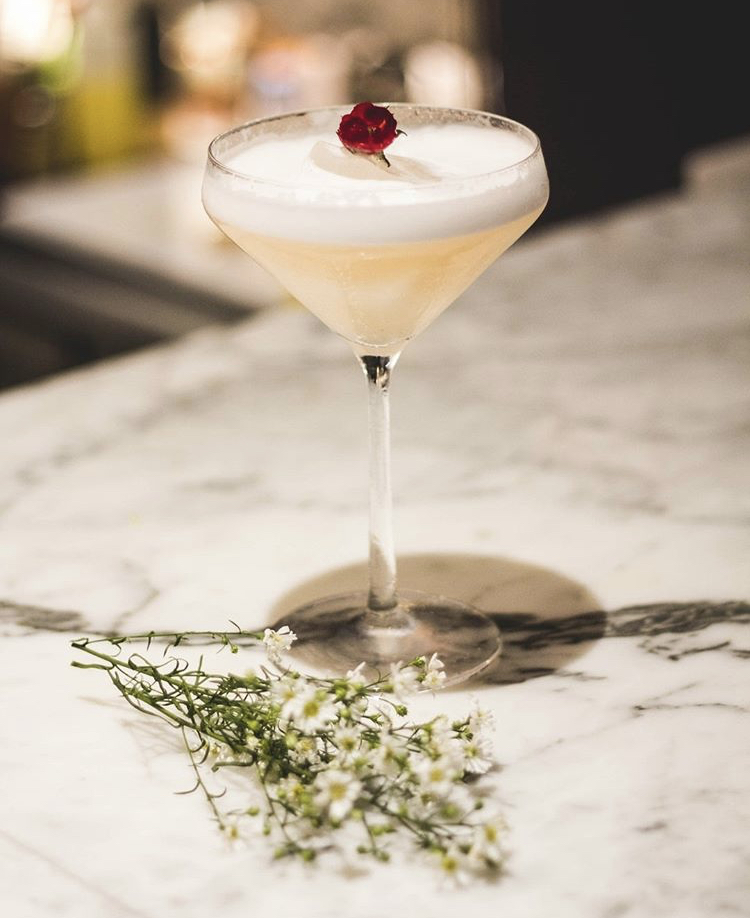
Onboarding new team during Corona
Adding a new team member remotely is a real challenge – training on new office software is hard enough, but how to you onboard restaurant newbies before the hit the floor and face the punters ? Honeygrow has found an answer in Virtual Reality, with a virtual walk thru the restaurants and a simulation to mock the actual work involved, including watching more experienced colleagues while standing next to them in VR. It needs a headset and a bespoke software, but content is templated and can be done quickly – the word is that ‘virtually’ experienced hands are as good like those trained only on the job. VR training saves costs, minimises stress and if it is good for NASA pilots, it is good for us.
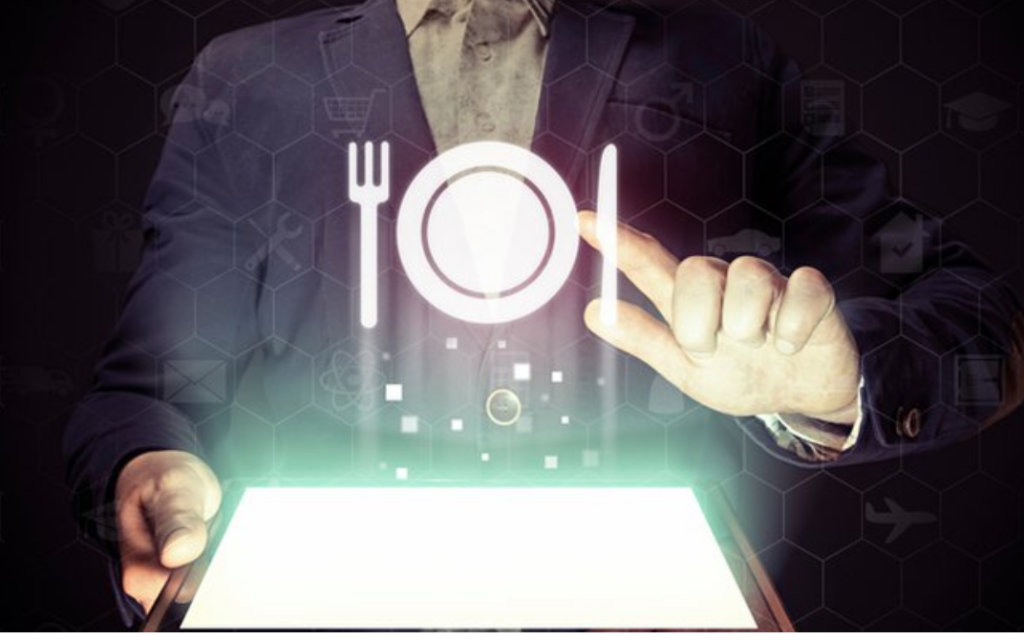
Covid-proof chocolate deserts
If customers are worried about their safety and food preparation, 3D printing is emerging as an option to minimise hand contact. It has been used for printing bespoke chocolate deserts in the shape of your wife’s name or kids birthday dates for a few years, but now 3D is coming of age and making itself useful during Covid.
It is not for the mass market for food yet, but may find it’s niche in bespoke, chic foodie places in Mayfair or Soho, where customers are prepared to pay premium for safe-and- delicious chocolate dish. Food fillaments can be used in 3D printed syringe, producing any type of food, including vegetables paste and is extensively used on space stations. Where spacemen go, we follow.
To Text or not to Text
Text tech (SMS) is as old as hills, available since 1985, emerging from radio telegraphy in radio memo pagers. Text for the public started in 1992 and grew to about 4bln active users.
It has really come to the front during the initial days of lockdown, when restaurants turned into take-aways and had to tell their customers about how to pay for the new service, what were the pickup hours and info about new menu. Text has been saved from spam by very strict policy of mobile phone companies that only allow highly functional one-to-one messages and forbid mass texting. As a result, it has 95% opening rate (comparing to about 15% of email opening rate) and is read typically within 3 minutes of receiving.
My local sushi joint knows me so well that they will text when my favourite (but rare in Covid) yellow fin tuna is in stock. If a restaurant owner has created a loyal following, text is a good option for letting fans know about ‘back in stock’ dishes, changes in opening hours or special beers nights. But mind the spam, one wrong message and the relationship is off.
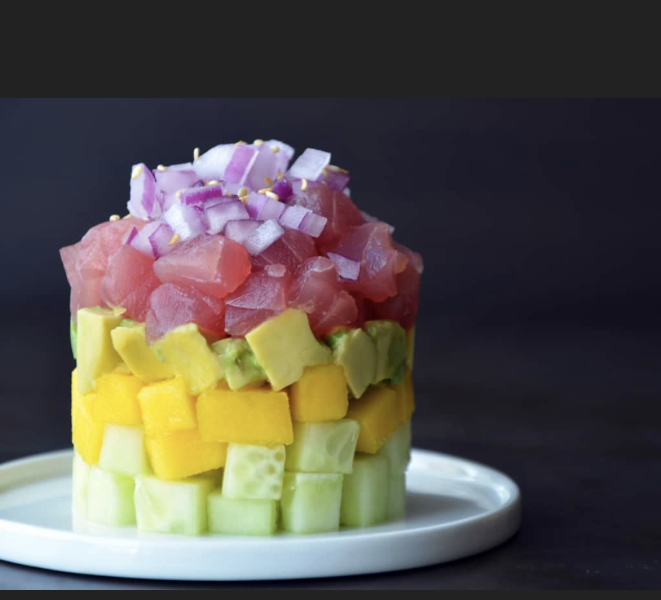
Big Brother in the kitchen?
Cameras in the industrial kitchens are now commonplace, with franchise owners often embedding the right to install them as part of the contract. Pre-Covid, the cameras were watching for the correct number of pepperoni slices on a pizza rather than washing hands, but now the focus has turned into hygiene. Cameras from Dragonfly Technologies are driven by AI image recognition that can spot details of food prep behaviour and alert if any deviation from routine of cleaning is detected. It does feel Big Brother-ish, but the faces are not filmed, not least as AI cameras are used in kitchens on military bases where face sharing is forbidden. If it makes diners feel safer, AI cameras may be the tech that brings punters back
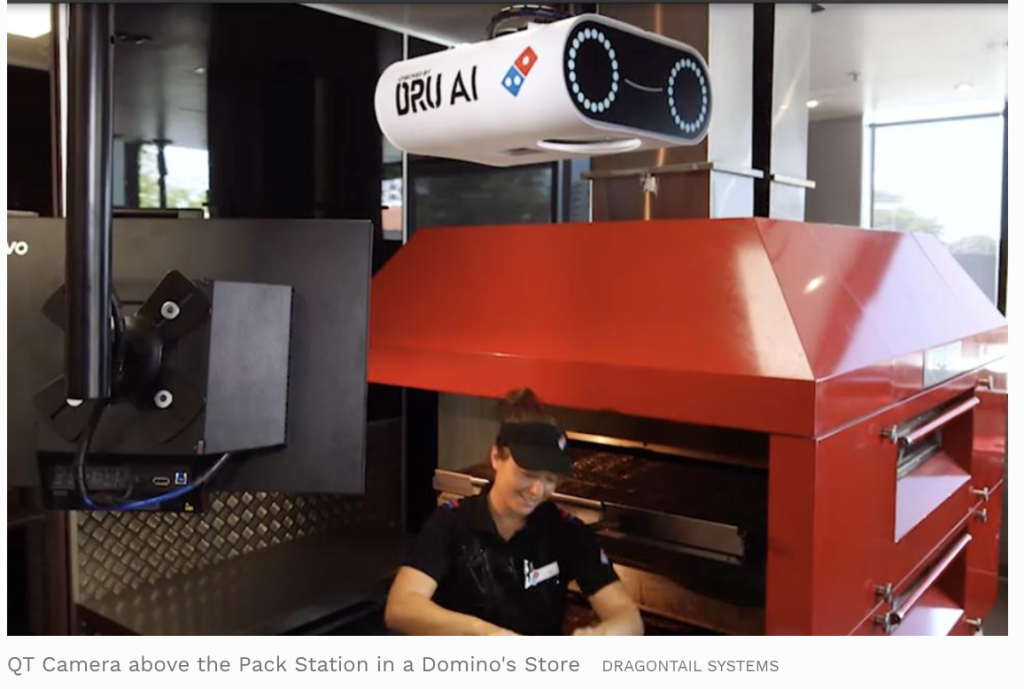
Next week we are venturing out to report on on post-lockdown on UK and EU airports.